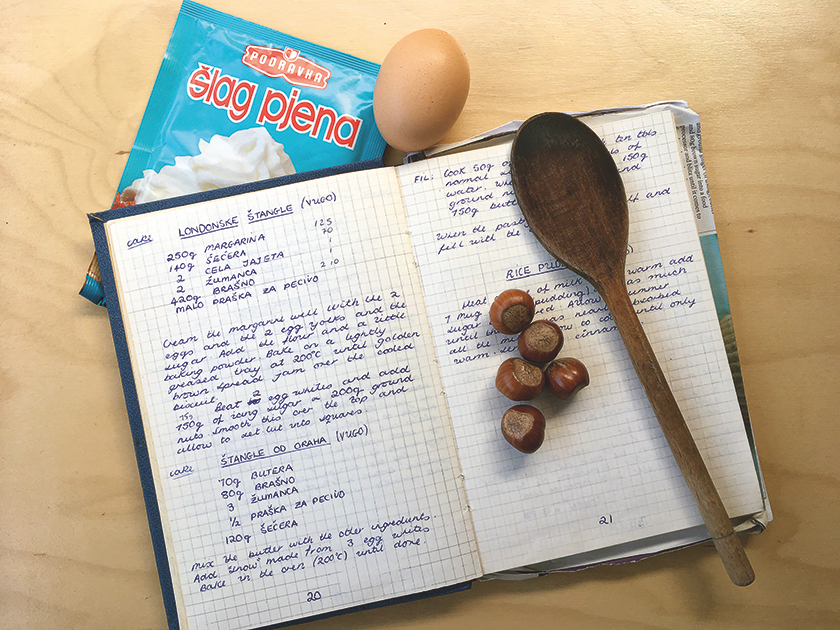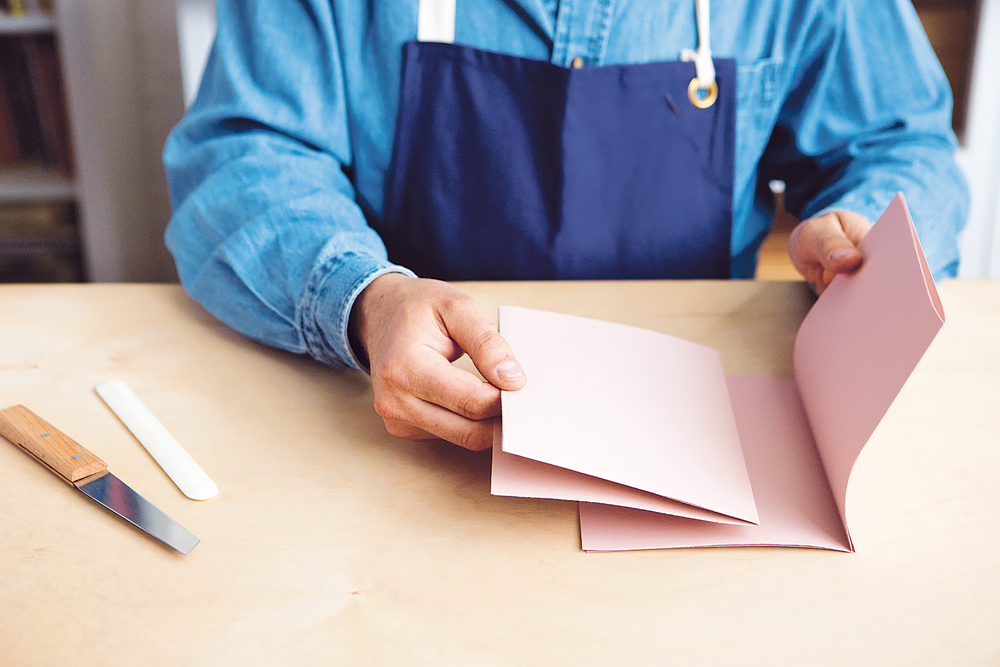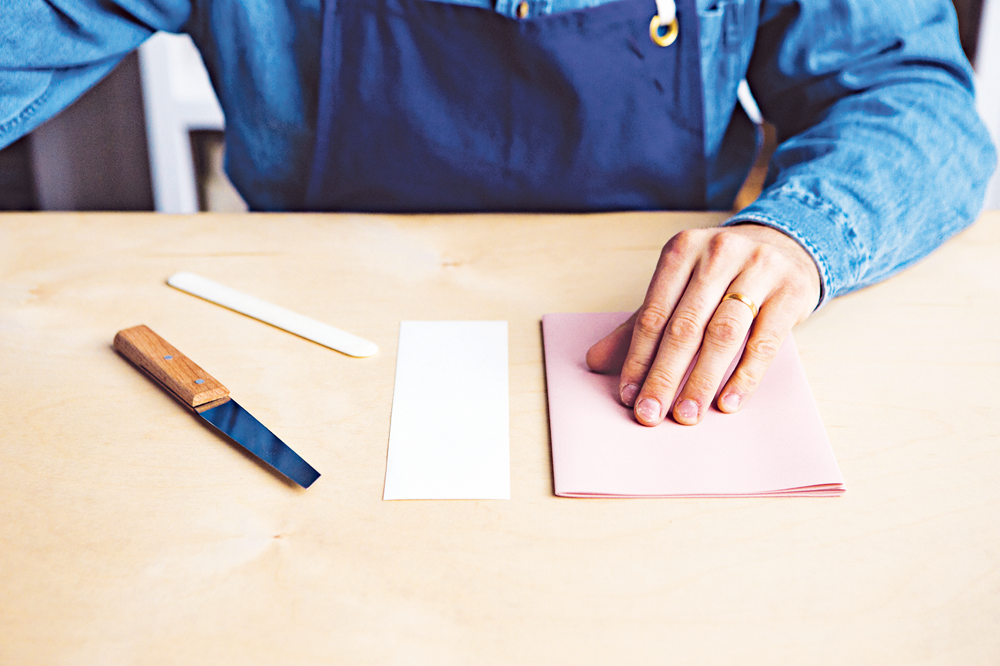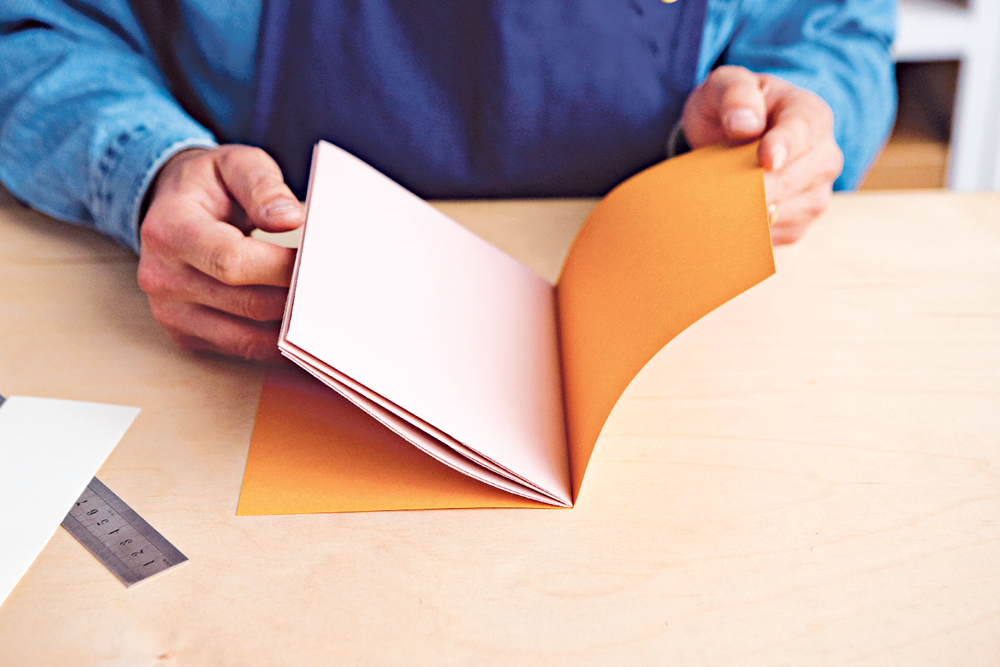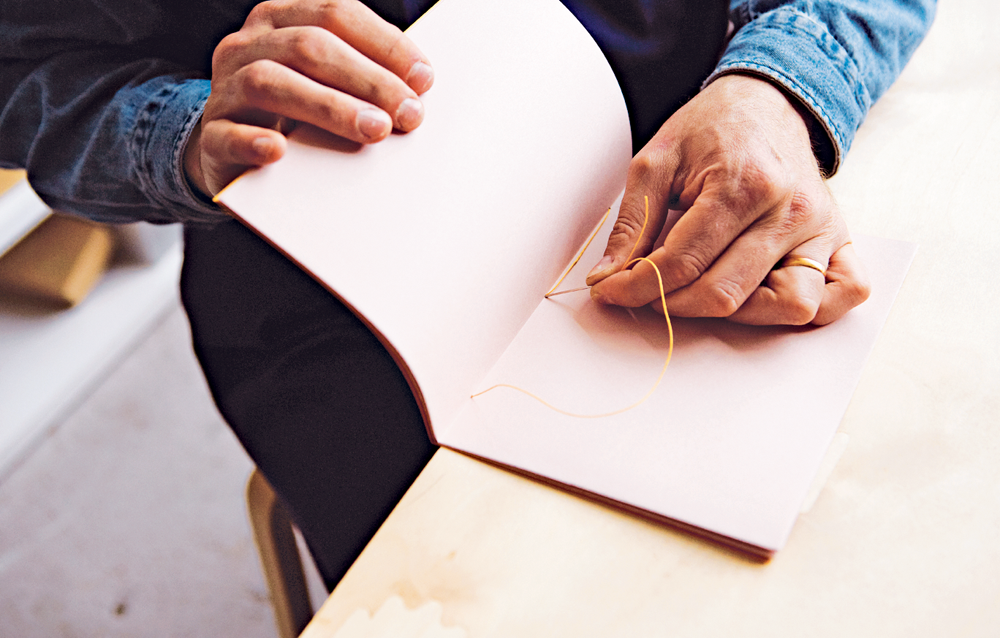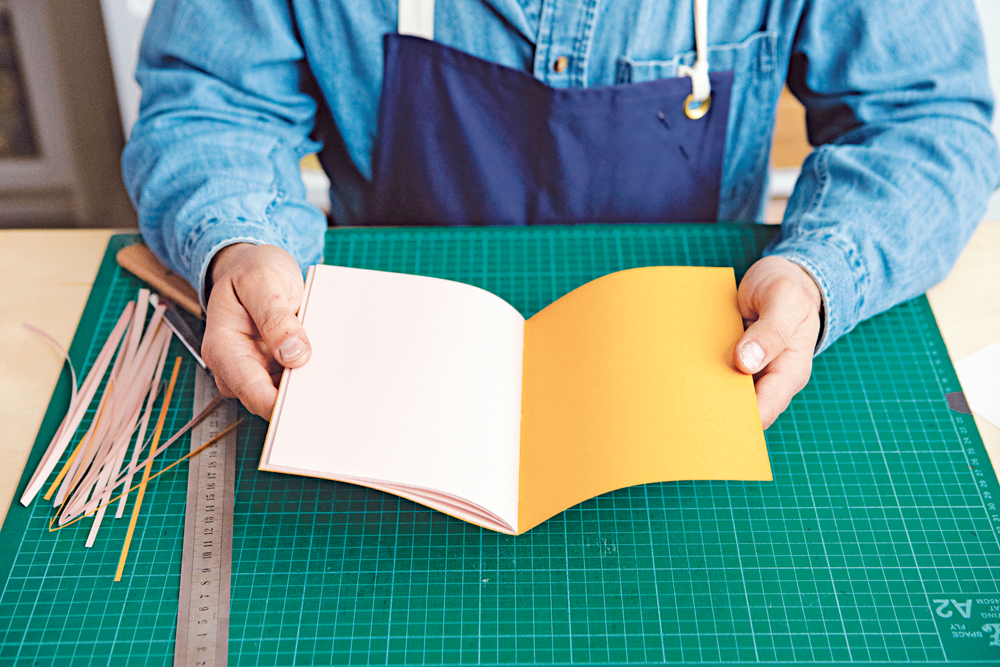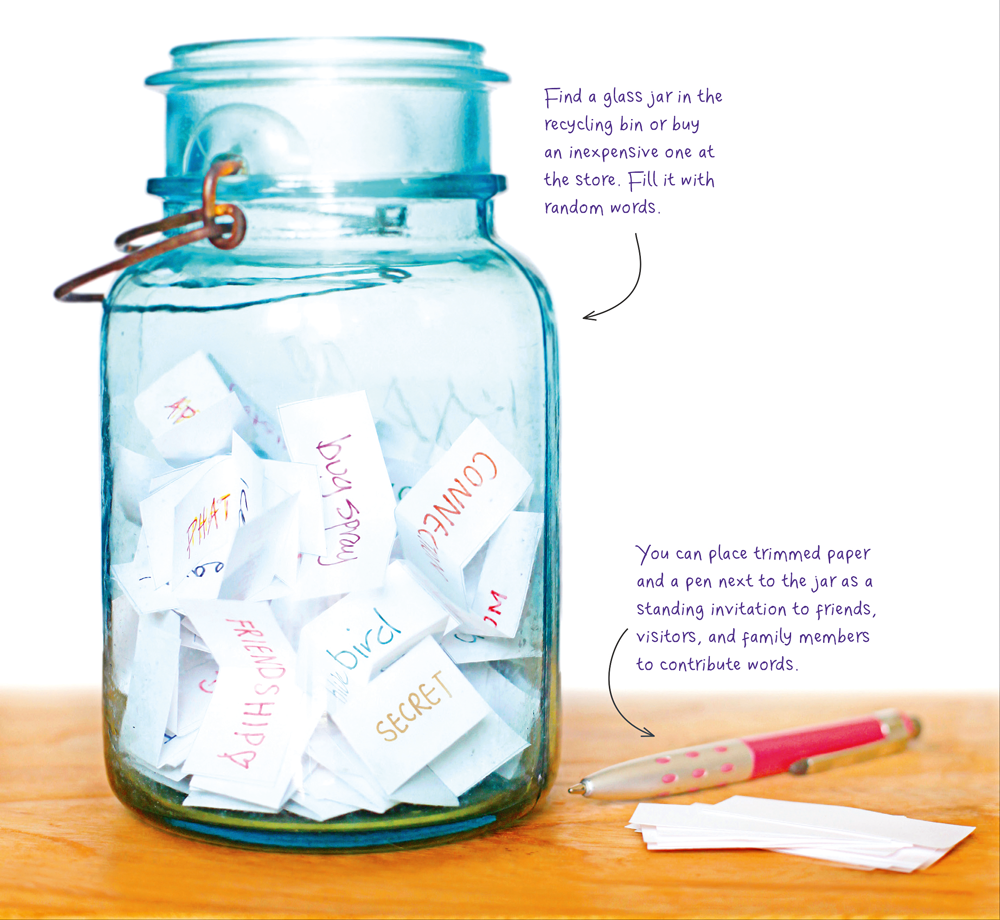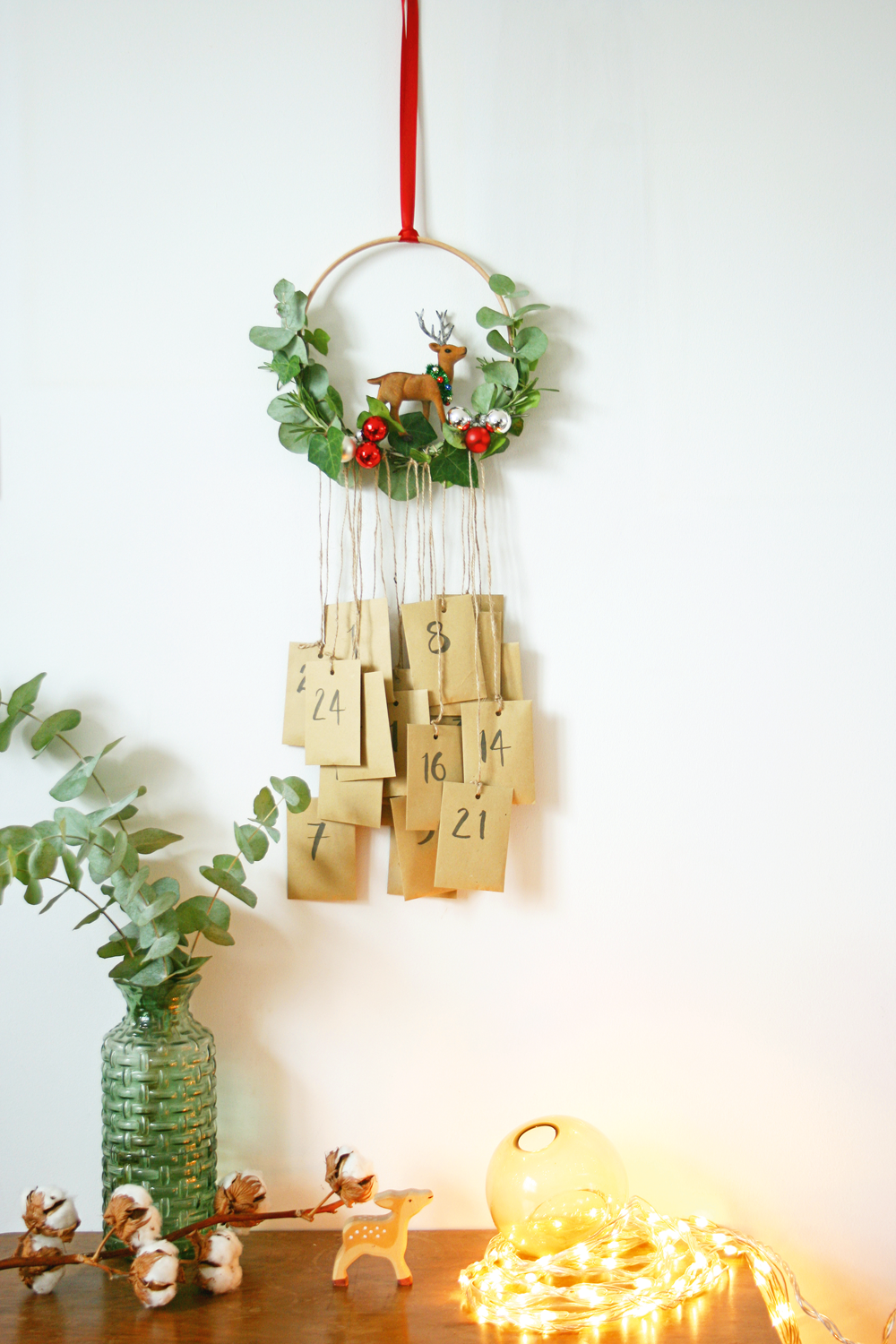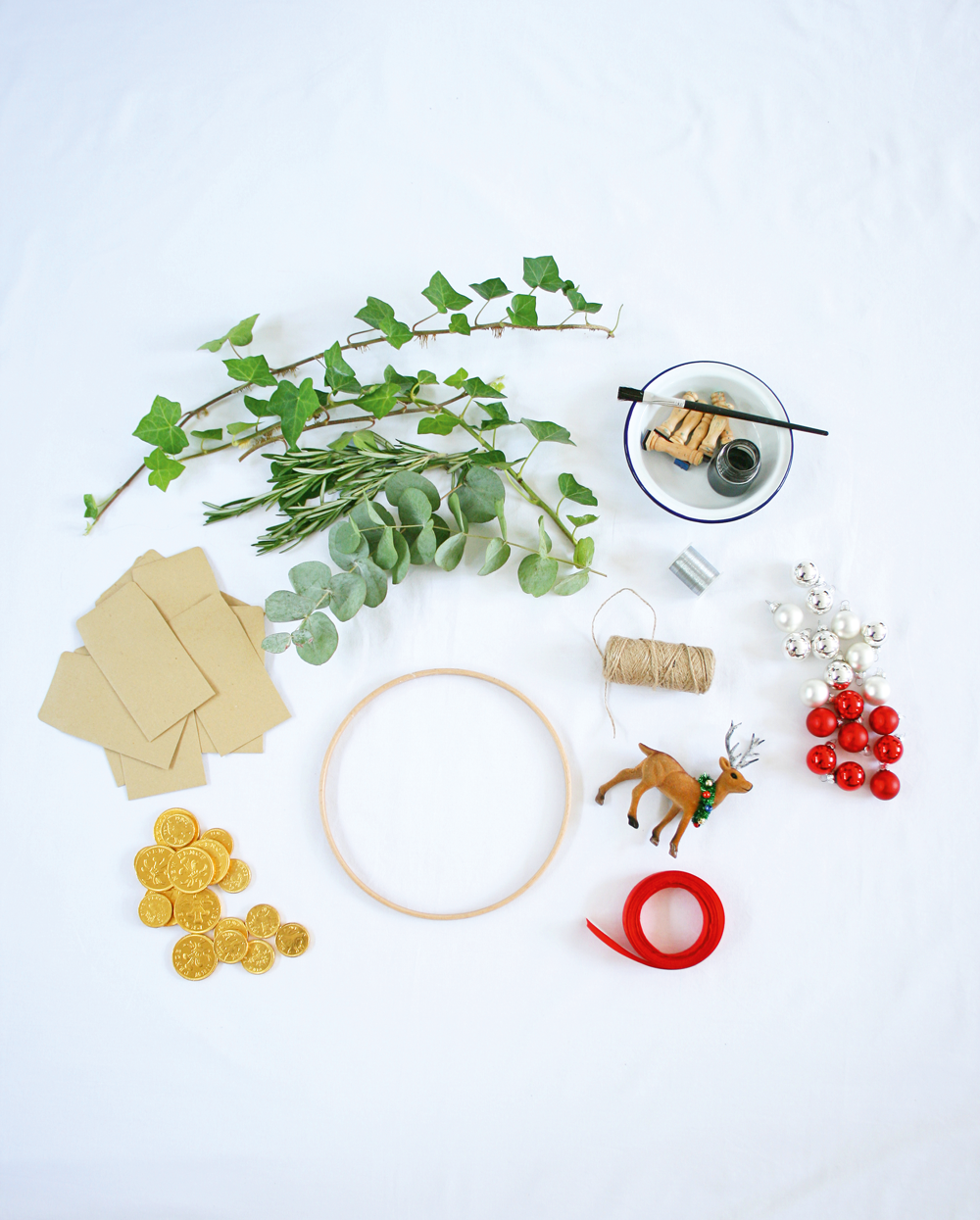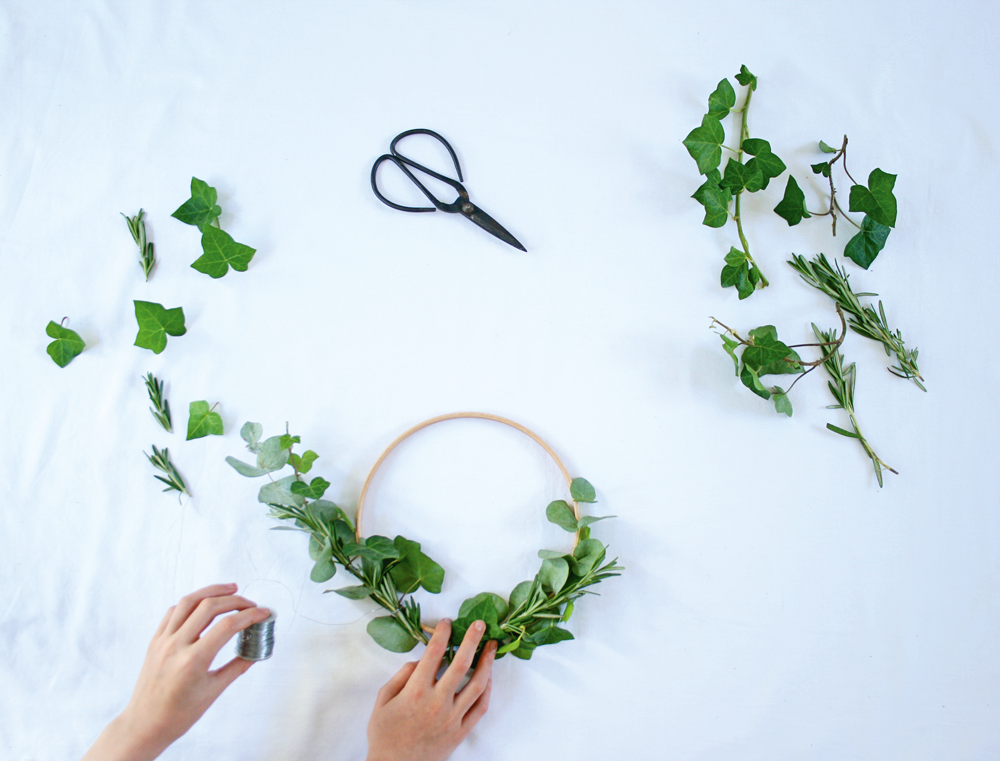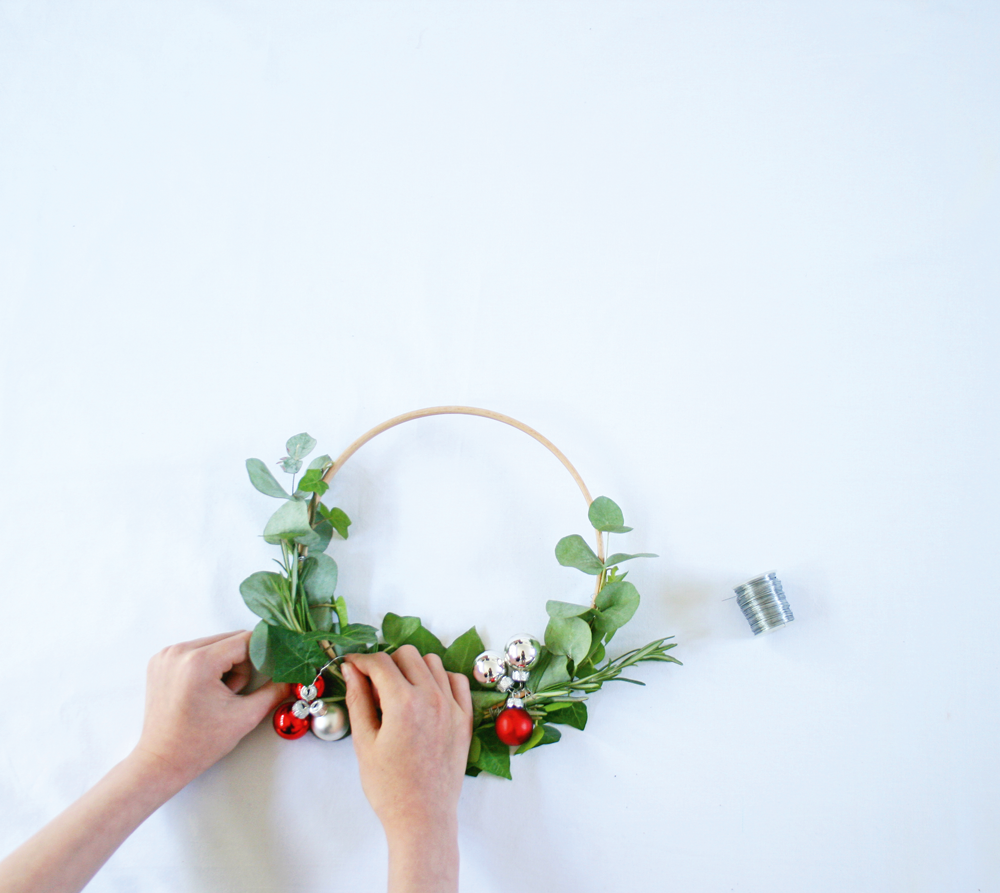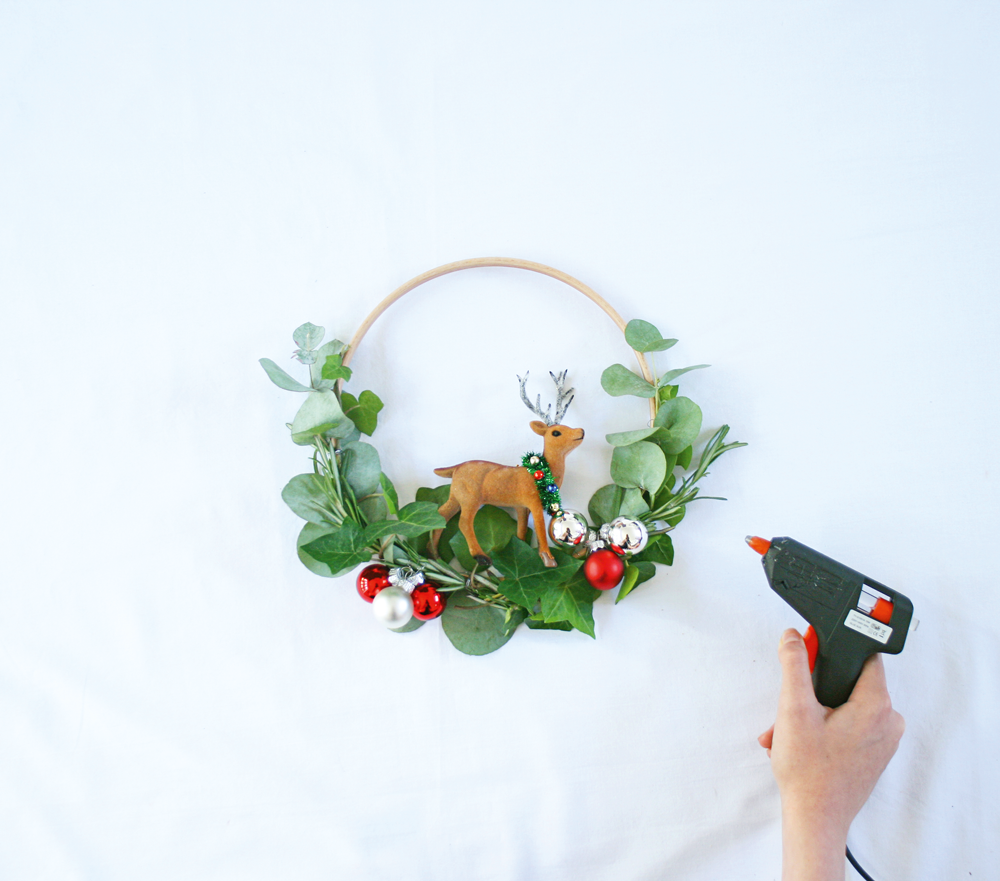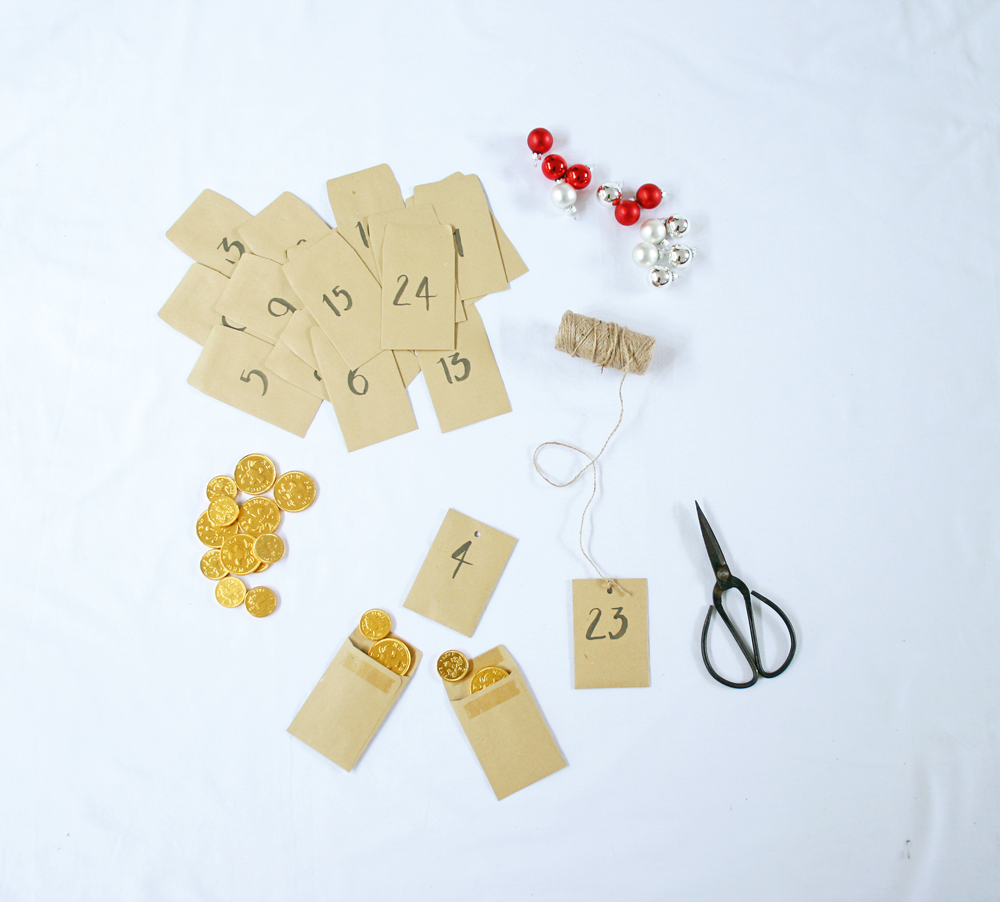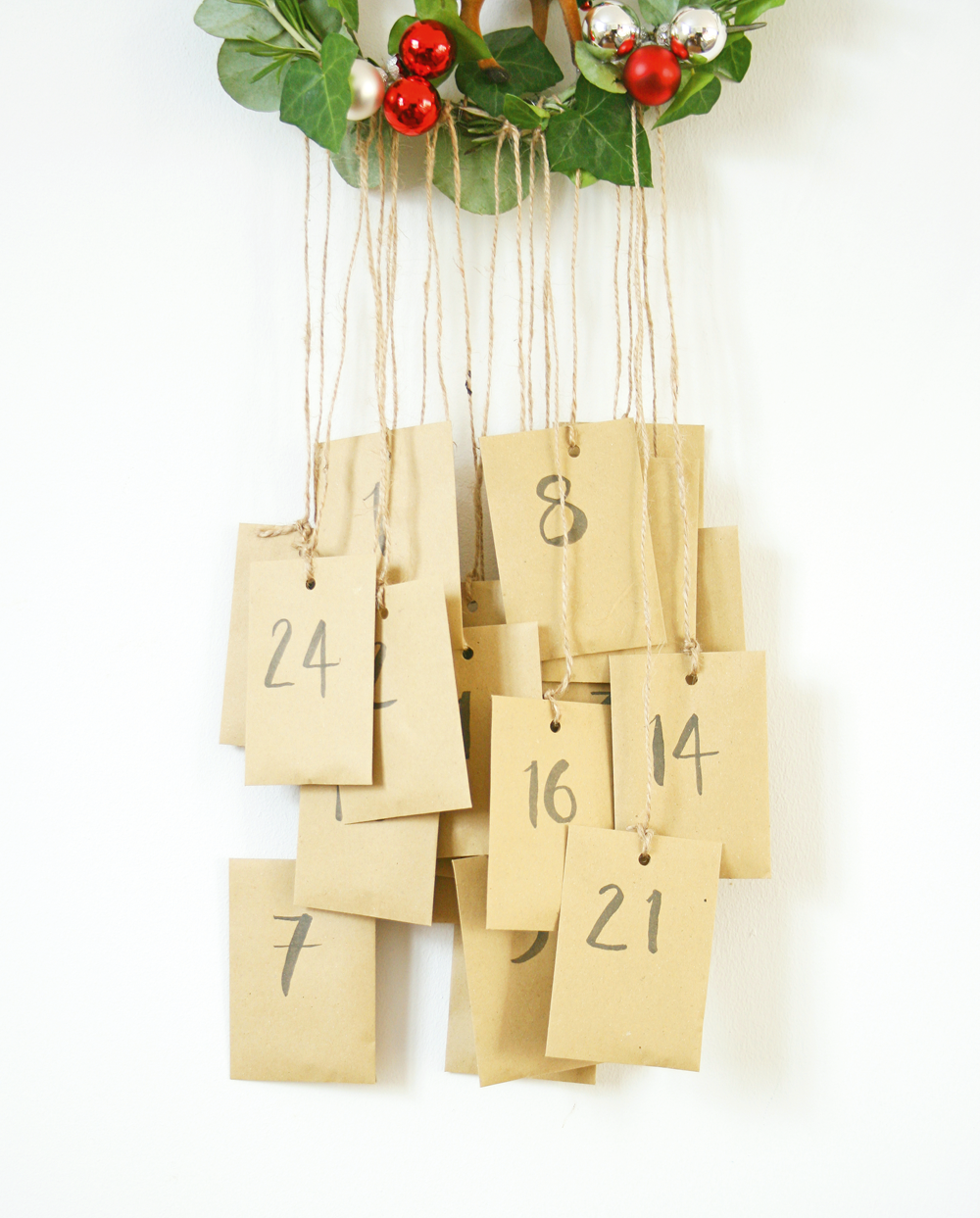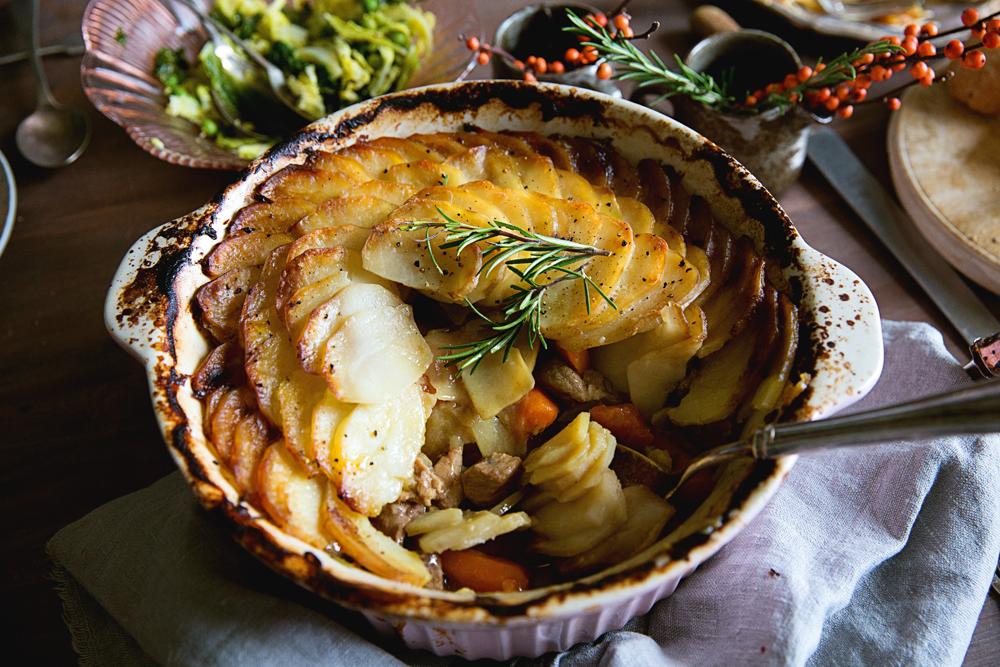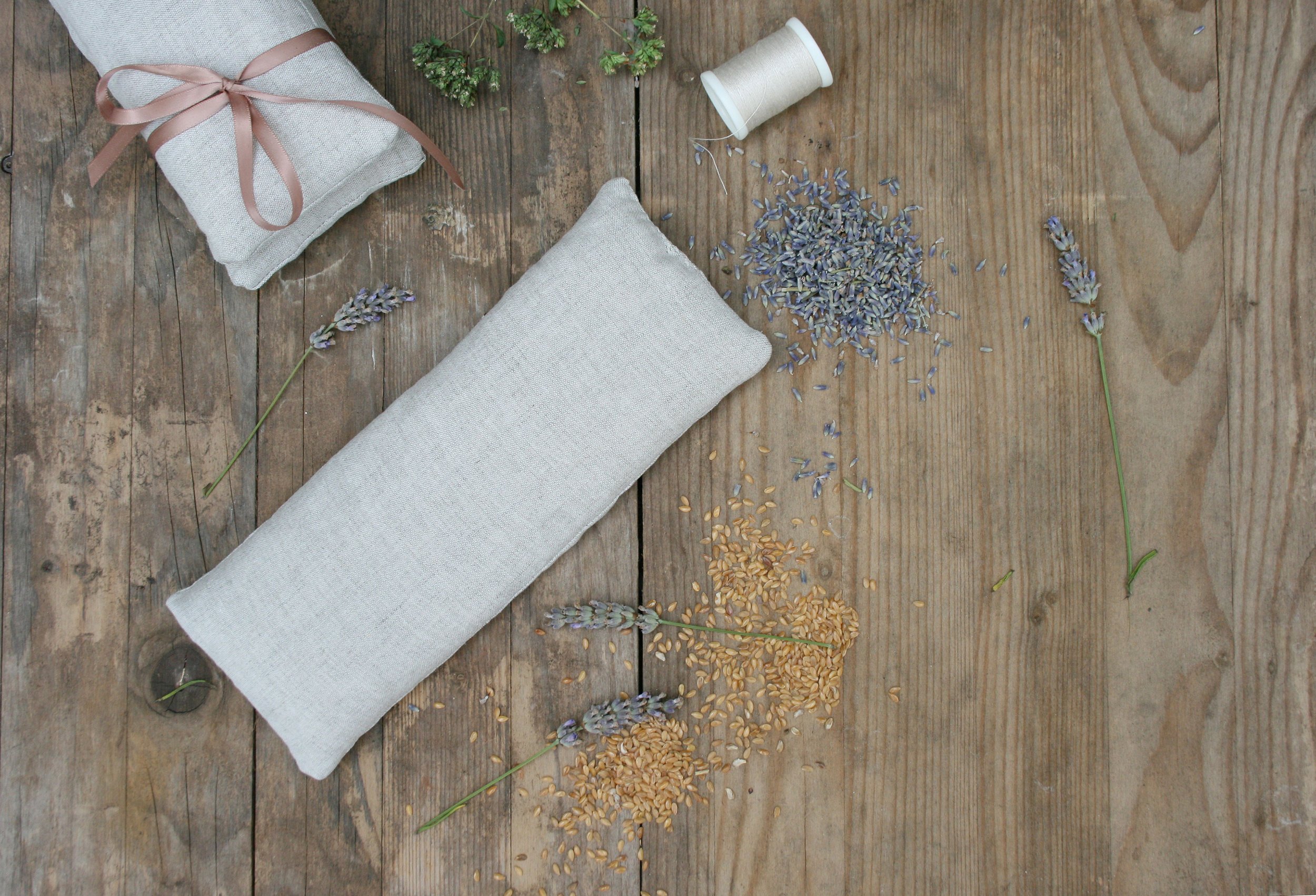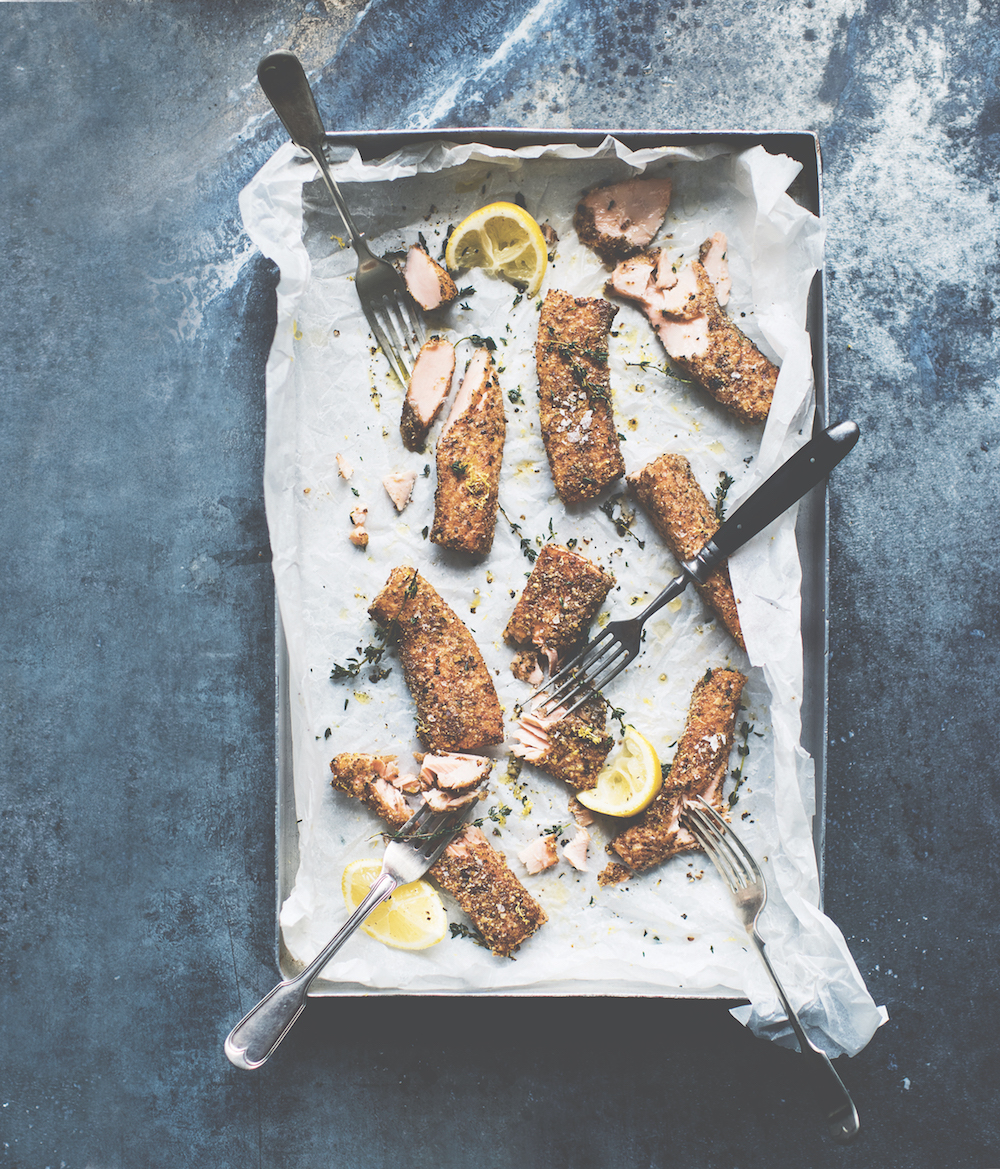This sewing project by Sarah Corbett reinvents the Post-it as a form of activism, giving a moment to pause and reflect
You may have been spurred into action by Sarah Corbett’s wisdom on page 34 of October's The Simple Things. If so, this project is a way of trying out a little craftivism (activism using craft) for yourself. Inspired by the simplicity of the Post-it Note, it was created as part of Bystander Revolution, a global anti-bullying initiative (bystanderrevolution.org). We’re so used to living and acting quickly, but a physical object like a Post-it Note can take us out of auto-pilot and remind us to stop and think. These are stitched rather than scrawled on, the act of hand-stitching bringing an opportunity to really consider our words and action, while the #crafterthought questions help to focus reflection on the message being created. You could keep your embroidered sticky notes or give them as gifts – or display them in your office, park or local café for people to see.
#CRAFTERTHOUGHTS
- If I was being bullied, how would I want people to help me?
- How can I show love to a bully to help them stop bullying others?
- Using my talents and voice, how can I be part of the Bystander Revolution?
Post-it reminders
GIVE YOUR WORDS WEIGHT WITH THESE PERMANENT POST-ITS
You will need
Post-it Notes
Biro or fabric invisible ink pen
Thin cotton fabric, ideally in Post-it Note colours
Black embroidery thread
Embroidery needle, ideally size 5–7
Embroidery hoop (not essential)
Bondaweb
Felt fabric, ideally in Post-it Note colours
Fabric scissors
1 Use a biro to write your message on a Post-it Note. Use one of the ideas opposite or come up with your own. Use the biro or fabric invisible ink pen to trace the message onto your cotton fabric (you can use a light box, or place it against a window or the light of
your computer screen to see the message through it).
2 Cut a finger-to-shoulder length of thread, thread your embroidery needle and embroider your message using a simple back stitch, with the help of an embroidery hoop, if you like. Use six strands of thread for thick words and two or three strands for smaller messages in thinner pen.
3 Cut out a piece of Bondaweb a little larger than your Post-it Note shape, and iron onto the back of your cotton fabric.
4 Place your Post-it Note on the back of your fabric, over the Bondaweb in the position you want your fabric Post-it, and cut around with fabric scissors to the shape and size of the real Post-it note.
5 Peel off your Bondaweb, then place the cotton, Bondaweb side facing out, onto your piece of felt fabric.
6 Heat your iron to low. Put your felt and cotton Post-it under a towel and briefly iron so the fabrics fuse. Cut your felt to the same size as the cotton square.
Place your handmade Post-it Note messages where they will have the most impact. Share your process and final piece online with followers or friends. You can tag @craftivists on Instagram or Twitter, or share on the Facebook page Craftivist Collective to encourage others to take part.
Project courtesy of craftivist-collective.com
Get hold of your copy of this month's The Simple Things - buy, download or subscribe
View the sampler here





